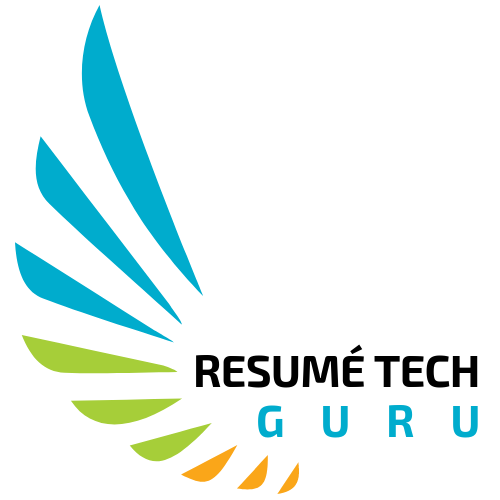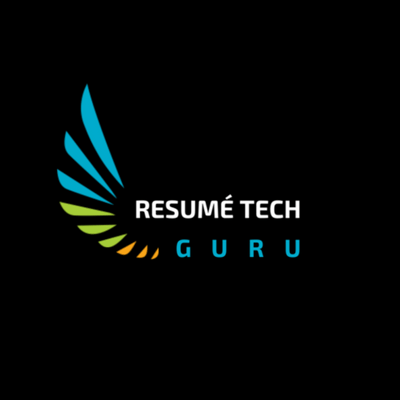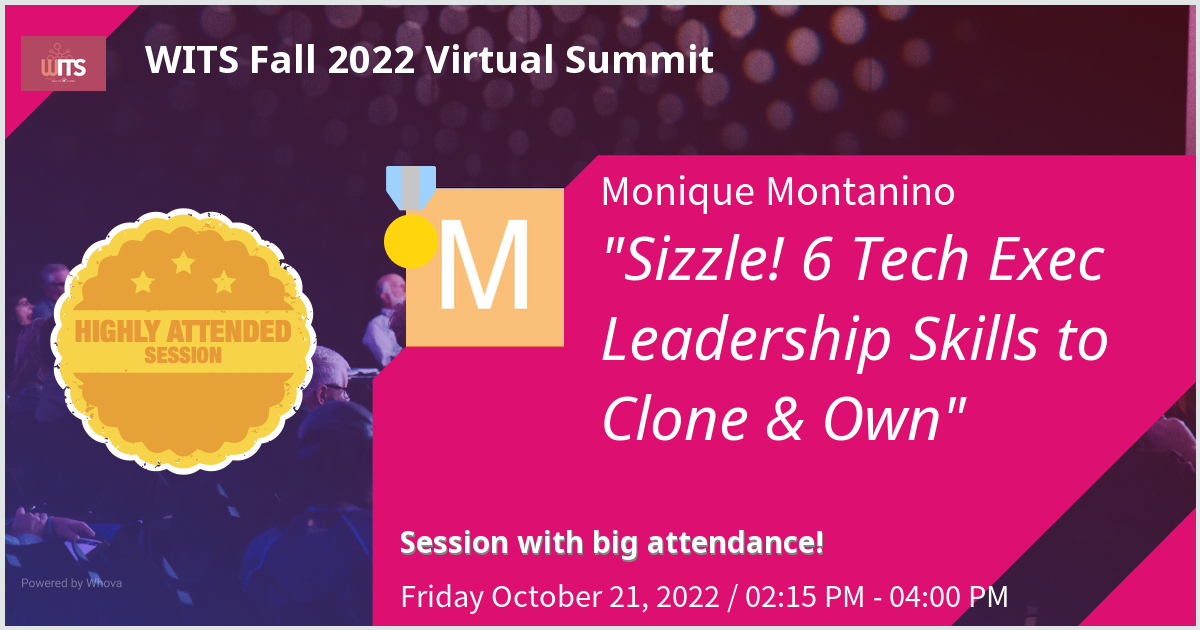Have you ever wondered what executive recruiters seek in candidates for director, GM, and CxO in tech roles? Last month during the Women in Tech Summit (WITS), I conducted a hands-on workshop to provide insight into 6 sought-after leadership skills.
The sizzle factor idea related to a Peloton exercise bike commercial I repeatedly watched at the start of 2022. I needed to suspend belief while watching a motivational Peloton instructor tell a group of Vikings (what the heck?) to act like “you are a plate of fajitas at a packed restaurant turning heads; sizzle baby!”
My related premise is that we as women focus on our physical well-being, so why not focus equally on the sizzle factor in our careers? The facts are not in our favor regarding attaining executive positions.
Women hold only 26.5 percent of executive, senior-level, and management positions in S&P 500 companies—a percentage many tech companies match or exceed, but one that is still far from parity. My workshop’s goal was to aid in closing this gap by identifying the attendees’ high-impact leadership skills in communicating, collaborating, and influencing.
I highlighted industry research, shared tech executive client stories of female powerhouses at Fortune 500 companies and startups, and discussed my tech career missteps. The workshop covered 4 areas:
- Behaviors critical to CEO’s performance success
- Global executive MBA leadership skills curriculums
- Gartner’s C-Suite Top Emerging Soft Skills report
- Tech leadership skills
Participants were encouraged to jot down their skills on a worksheet during the 1.45-hour session; it allowed them to walk away with a personalized 90-day project plan to optimize existing skills or fill in the gaps.
Here’s my summary of poll results, questions, and observations.
Workshop Attendee Profile
WITS is a technical conference focusing on women and underrepresented minorities who work in, or with, tech in technical and non-technical roles. An inclusive forum, WITS is a program of the non-profit Inspiring Tech Foundation founded by Gloria Bell. The programming is educational and inspirational for women working in a diverse variety of fields.
Over 100 female participants joined my workshop with an audience almost evenly split related to their C-Suite aspirations. Some were individual contributors, others were recently promoted to manage people, and several were experienced tech executives.
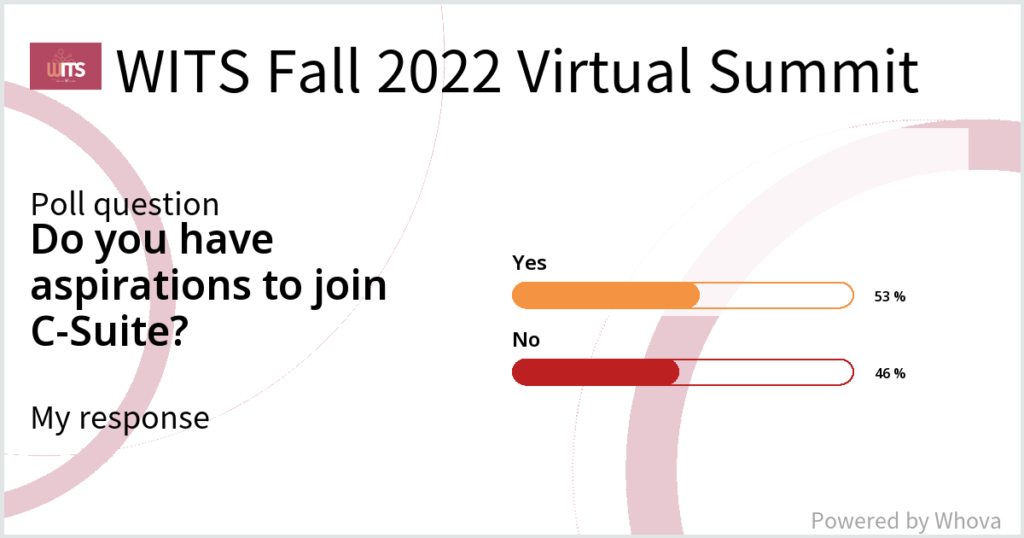
Career Stuck?
I conducted a poll related to where they appeared on their professional journey. I was pleasantly surprised that most weren’t stuck in their career.
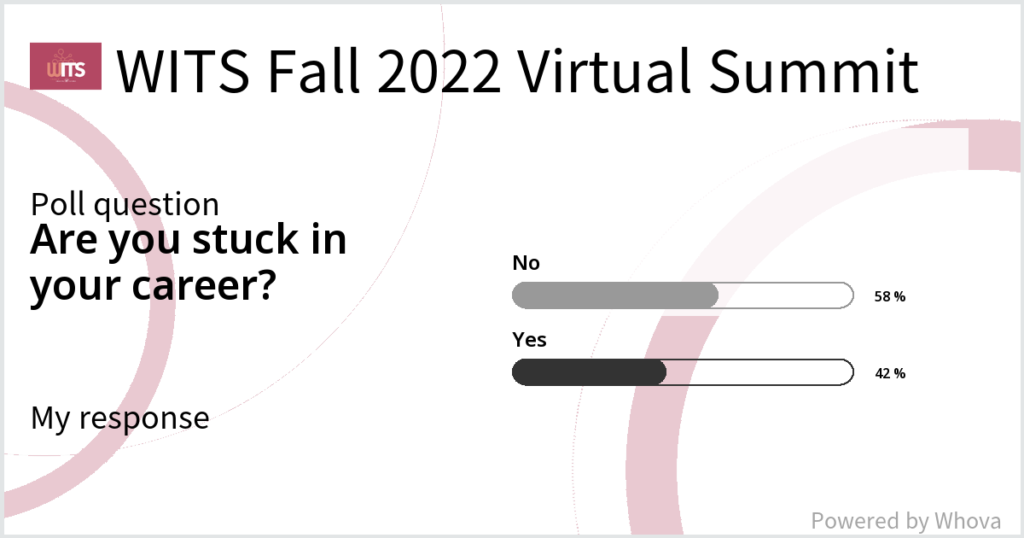
In my client practice, technology executives arrive at my virtual door not because they are unemployed but at a crossroads in their careers. An outside hire has passed over them, their project no longer was a corporate initiative, or they have hit a glass ceiling. As in the case of one of my female clients at a top-tier cloud company for over 15 years.
She had ascended to the executive level with an impressive history of being a mentor, coach, and diversity trailblazer. When I asked her where she wanted to go next, it was to another top cloud-based company—Salesforce, AWS, or Microsoft. We optimized her already stellar personal brand by revising her resume and LinkedIn profile and focused heavily on her job interviewing skills.
The key to her success was following through with an implementation plan. With her steadfast focus on her next role, she landed 2 job offers within 2 months at her desired companies. Ultimately, she selected AWS, where she’s quite happy after celebrating over a year of Day Ones.
Executive Role Models
I polled the audience on what percentage they felt were female CEOs in the Fortune 500. A stunning 71% felt that only 5% of women were top-level company leaders. In reality, it’s a tad higher at 15%, according to Statista’s analysis.
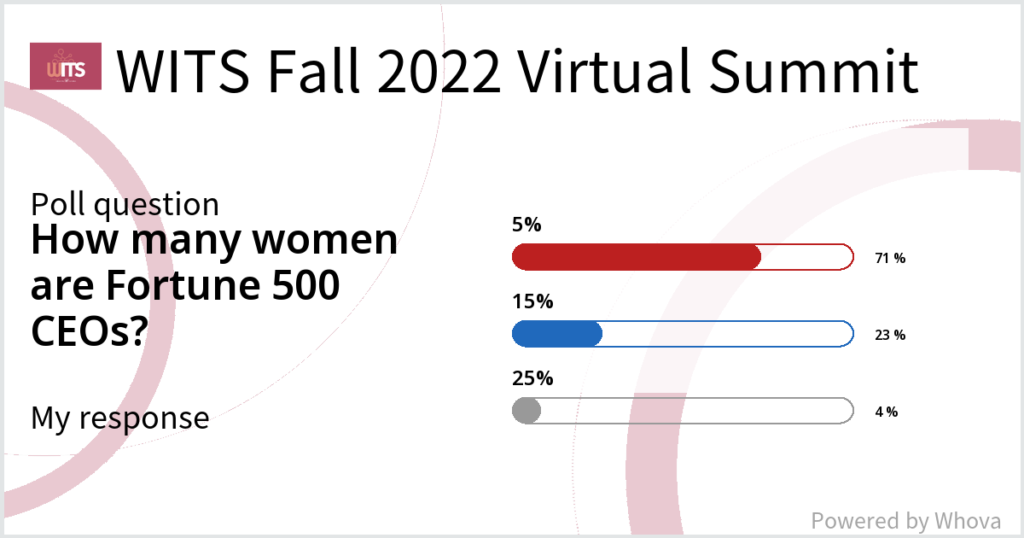
I recommended to the attendees to follow these top 5 ranked women (based on annual corporate revenue) on LinkedIn as virtual mentors when it comes to executive communication, priorities, and focus:
- CVSHealth – Karen Lynch
- Walgreens Boots Alliance – Roz Brewer
- GM – Mary Barra
- Anthem – Gail Boudreaux
- Citibank – Jane Fraser
I searched for a common thread among these women but didn’t find one. They didn’t all attain MBAs, finance degrees, or attend Ivy League schools. The point being there are many paths to the top for female executives.
I turned to the 10-year CEO Genome Project that tracked 2,600 leaders to understand CEO success traits. The survey revealed that there are 4 essential behaviors associated with becoming a high-performing CEO:
- Relentlessly reliable
- Being decisive
- Boldly adapting
- Engaging with stakeholders without shying away from conflict
I noted that not all CEOs have all 4 traits, but the ability to reliably produce results was the most powerful of the 4 essential CEO behaviors. And here’s why reliability is critical: a Board of Directors loves a steady hand, and employees trust predictable leaders. As an investment strategist, Warren Buffet comes to mind since “Berkshire Hathaway saw a 20.1% compounded annual gain from 1965 to 2021, compared to 10.5% for the S&P 500 Index.”
You can take a short self-assessment at ceogenome.com/quiz/ to find your strengths and how you stack up to the CEOs featured in the story. I aligned with boldly adapting, which I attribute to my zig-zagging career path. The study indicates that “strong Adapters succeed by adapting their organizations proactively to changing market needs in an agile way and by adjusting their leadership style, approach and playbook to the situation.”
So, How Are Your Soft Skills?
According to Oxford Languages, soft skills are the “personal attributes that enable someone to interact effectively and harmoniously with other people.” I review endless job descriptions in my executive career consulting practice, and soft skills are highly sought after. I use a tool called Jobscan that conducts a machine learning analysis to see how my tech client’s resume corresponds to a job role. Part of the output featured is a soft skills match.
When I polled the workshop attendees regarding the top executive leadership soft skill, most selected adaptability, it was probably top-of-mind since they had just heard me discuss this skill in detail as part of the 10-Year CEO Genome Project.
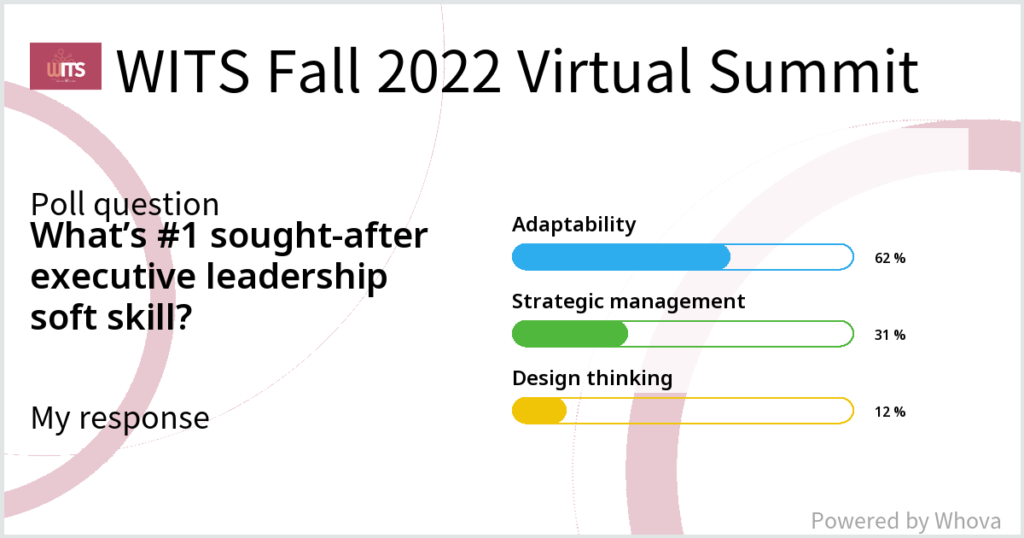
The list was sourced from Gartner’s C-Suite Top Emerging Soft Skills report. Gartner’s TalentNeuron research reinstates that C-Suite executives need a combination of technical and soft skills. Gartner’s top 10 emerging soft skills covering cognition and social aspects derive from the analysis of 400 job postings. Design thinking had the highest growth in demand at 174%, followed by strategic management and adaptability at 138% and 129%, respectively. The Gartner report swaps the top and the bottom skills in the chart above.
Design thinking isn’t a new concept; it’s been around since the 1940s and is based on psychological studies on creativity. According to the Interaction Design Foundation, it’s “a non-linear, iterative process that teams use to understand users, challenge assumptions, redefine problems and create innovative solutions to prototype and test. Involving five phases—Empathize, Define, Ideate, Prototype, and Test—it is most useful to tackle problems that are ill-defined or unknown.”
I think about obtaining these soft skills through the art of doing and implementing techniques. You can undoubtedly acquire knowledge through book learning or academics, but applying knowledge allows you to hone these soft skills.
Are You an Influencer?
Have you ever stopped to think how much of your day is spent influencing others? The next workshop poll was fun. It was based on how much time the average person spends influencing others.
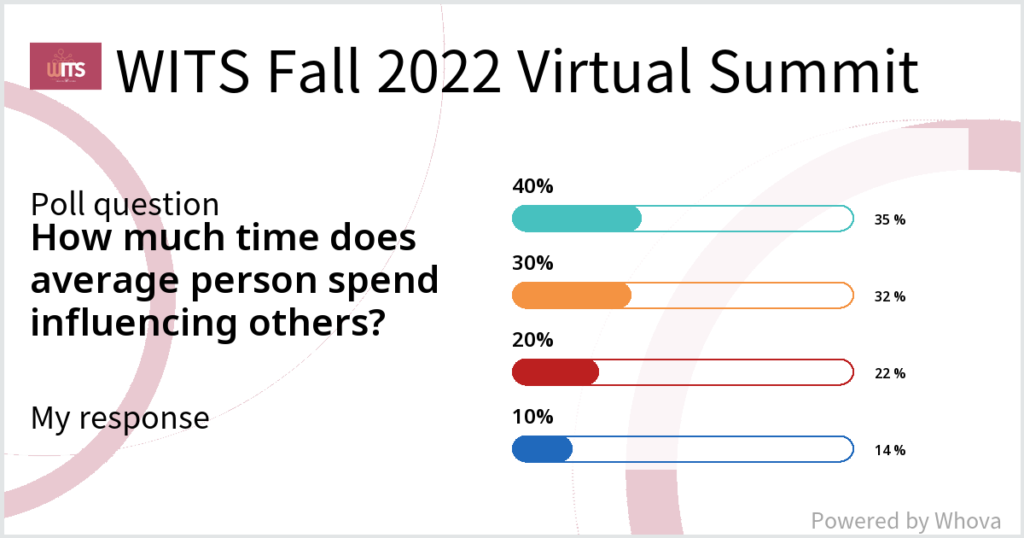
The top 2 box score revealed that the majority believed we’re influencing people by 30-40% of the time on average.
In his book, To Sell is Human, Daniel Pink states it’s 40% of the time. If you’re in sales, it’s even higher. Here are some other tidbits from the bestselling author who writes about the human condition:
- Influence is a persuasive process; therefore, it doesn’t all happen at once
- Influence is a product of trust, so you need to promise something and then deliver on it
- When people feel heard, they’re more open to being influenced; in turn, they ask probing questions
- Influence requires persuasive communication: describe current state > establish need > describe the desired outcome > satisfy or solve > visualize > call to action
- Influence isn’t about winning; it’s about solving problems
This influence background prompted me to research ways to optimize your influencing technique. I came across a Harvard Business Review article that provided tips on influencing within a corporate structure. Here’s a recap:
- Strategize. Create a “power map” — an org chart of decision-makers related to the initiative you wish to promote — to guide your campaign. Think about how and when you will approach your colleagues.
- Craft your message. Prepare a concise elevator pitch about your idea. Then, based on your power map, customize your pitch, taking into account your individual colleagues’ needs, perspectives, and temperaments.
- Cultivate allies. Ask colleagues for their advice and incorporate their feedback. Enlist colleagues who are enthusiastic about your idea to serve as ambassadors.
- Develop expertise. Stay up to date about your topic area. You might attend conferences, enroll in a certification program, or assume a leadership position in a professional organization. These visible steps help you become that go-to person others look to for advice.
One of my final polls of the workshop was for attendees to rate themselves as an influencer on a scale from 1 (least) to 10 (best). I didn’t see anyone put down a 10; plenty of responses were in the 5-8 range.
One of the things I’ve struggled with is my public speaking capability. The irony is that I am 100% confident speaking during initial consulting sessions, whereby clients try to figure out if I am their person. Speaking as the lone presenter on webinars with 100 attendees, no problem. It is the group thing that makes me nervous. It brings me no joy to introduce myself in a cohort session, which I had to do a dozen times in the past year.
My junior high school days in—wait for it—a drama class created my brain chaos. A poem I wrote called “The Lonely Child” earned me the opportunity to participate in a district-wide reading competition; this event was a new situation. More dubiously, I cannot recall practicing for the recital, but I remember freaking out and not being able to read out loud the day of the competition. Keep in mind; I wrote the poem, but no matter, I literally froze after the first line of the poem, with zero words emitted from my mouth, leaving a 12-year-old crestfallen and marked for life.
No big deal, right? Since it’s just junior high? Nope, I replay that bad old tape in my brain every time I have to introduce myself in a group setting. There is a light at the end of the tunnel for me and you if you have the same issue.
I took a Dale Carnegie speaking course. Went to a speech therapist. Read umpteen books on public speaking. Observed the best speakers. My biggest revelation is listening to comedians unraveling punchlines. They know storytelling and command a laugh starting with a premise, a personal experience, and a summary thought. It flows throughout their comedy set, and I admire the stand-up comedian George Carlin for his brain droppings. Yes, he published a book with that title, which speaks to me in many ways.
It all boils down to structure and practice. If there is one takeaway I have learned about being a successful technology executive, it is developing and delivering a great story. Storytellers win.
Here’s a great way to practice it, sign up for the free Yoodli.Ai app. You can improve your communication skills with judgement-free feedback from their AI-powered speech coach.
Call To Action
I wrapped up the workshop with a request that the attendees select one of the leadership skills they jotted down to create their own 30/60/90-day plan. After all, practice makes perfect.

